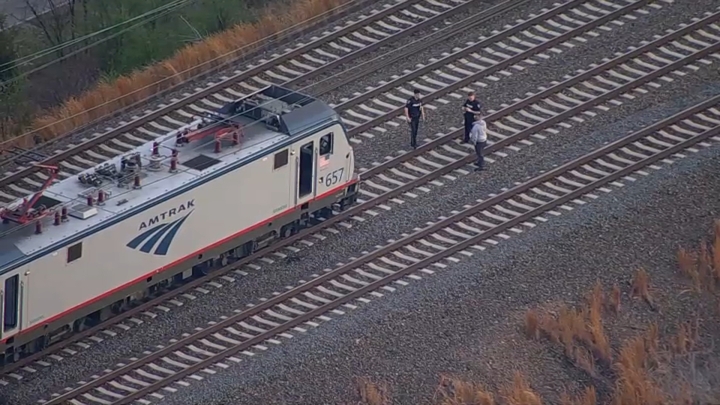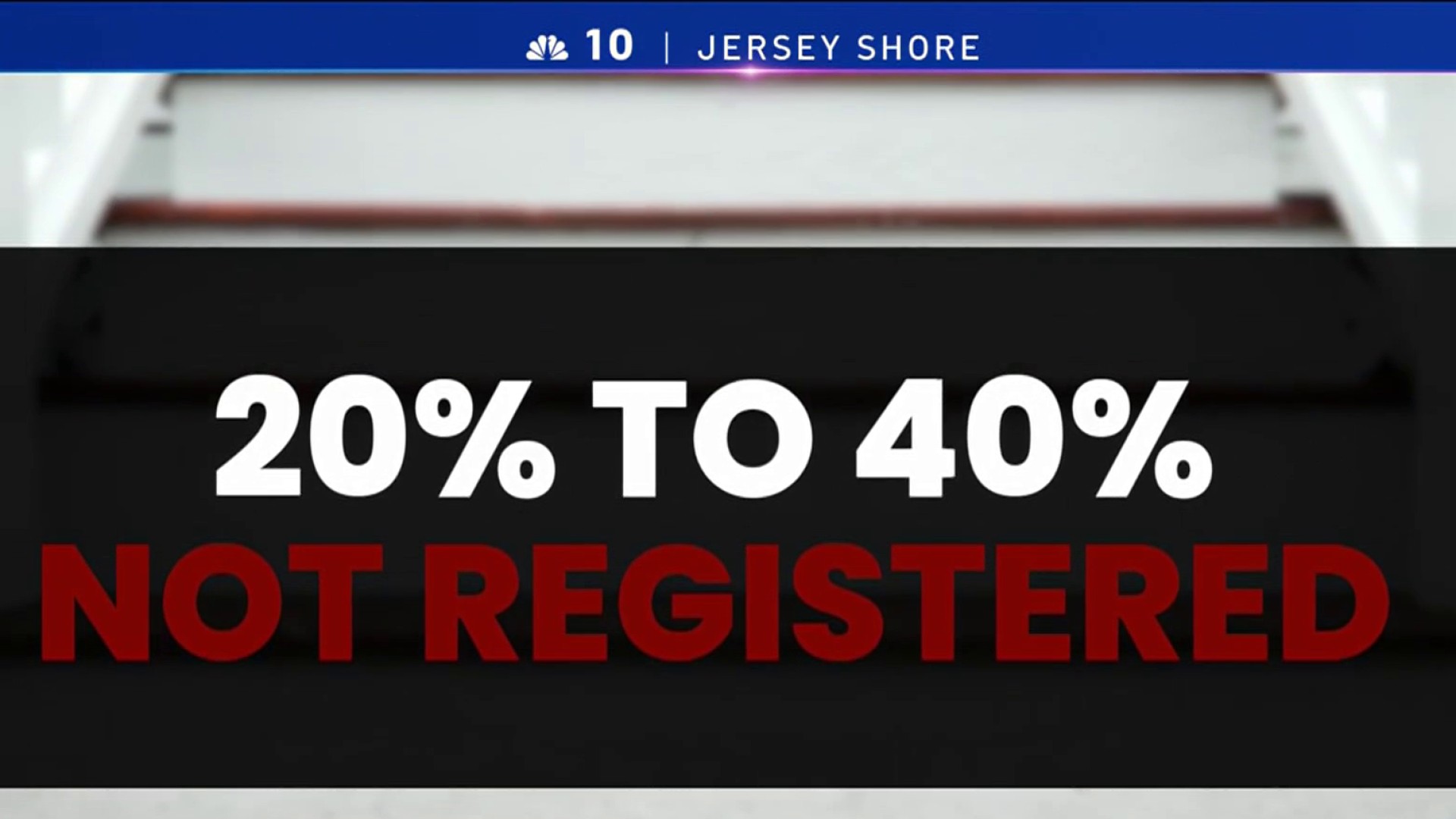More Evidence of the Winter That Wasn’t (So Far)
Another day...another record. Philadelphia has never gone this far into winter without even a flake of snow (in our recorded history). Even in the “snowless” winter of 1972-73, we had traces of snow before this date. And that’s what we ended up with...a trace of snow.[[364591961, C]]
Here are the least snowy winters in Philadelphia:
1972-73 - Trace
1997-98 - 0.8 inches
1949-50 - 2.0 inches
2001-02 - 4.0 inches
2011-12 - 4.0 inches
Part of the reason for the lack of snow is the record El Niño still raging in the Tropical Pacific. It usually leads to a much warmer year world-wide than those before and after it develops. In the previous record El Niño, 1997-98, we ended up with less than one inch of snow for the ENTIRE WINTER.

Here is the latest map of ocean temperatures compared to normal, showing the raging El Niño in the Pacific (the Atlantic is pretty darn warm, too) [[364535281, C]]
The Pattern Better Change (If You Want Snow)
History shows us that, once we get an unusually mild December, we rarely end up with above average snow once winter is over. In fact, of the 10 warmest Decembers on record, our average total winter snow is about HALF of our average.
Local
Breaking news and the stories that matter to your neighborhood.
The December pattern was clearly an abnormally mild one for the entire Eastern half of the U.S. Now that we’ve started January, things have become closer to “normal”. But more changes are needed before we get into a snowy pattern. If we don’t see more, big changes, it would stay mild overall, with very little snow.
But the Pattern Is Changing
Some of the weather terms of recent years are coming back into the conversation. The POLAR VORTEX, famously blamed for last winter’s cold, is moving toward a more favorable position to bring cold air into the East. And the AO, or ARCTIC OSCILLATION, which was largely credited with our record snow season of 2009-10, is looking more favorable for snow lovers.
When the AO is “negative”, HIGH pressure builds in the Arctic. That tends to push Arctic air southward toward the U.S. The details remain to be seen, but the more negative the AO is, the more extreme the weather pattern becomes. Here is the AO since September (black line) and the forecasts for the next 2 weeks. When the red lines are close together, we have more confidence in the forecast. So the AO is going negative-big time! An AO of -3 is considered “strongly negative”. By January 16th, it goes down to about -6. That’s about as low as it can get. [[364564421, C,500,202]]
What happens after the 16th is the big question. Some computer models keep the AO in the strongly negative zone, while others weaken it a lot. In my opinion, this is what will have a big influence on our weather from the middle of January all the way into February. If the AO can stay strongly negative, weeks of a cold and snowy pattern would result. [[347121202, C]]
Now, it’s going to take a while for the pattern to change enough for that cold and snowy period. For one thing, it has to get cold enough in the Eastern U.S. for storms to bring snow rather than rain. Canada has seen temperatures WAAAY above average, so even air coming from Canada isn’t as cold as it normally would be. And the lack of snow around the Great Lakes and Midwest weakens any surge of arctic air that comes this way. That area needs to fill up with snow before our snow chances go up.



